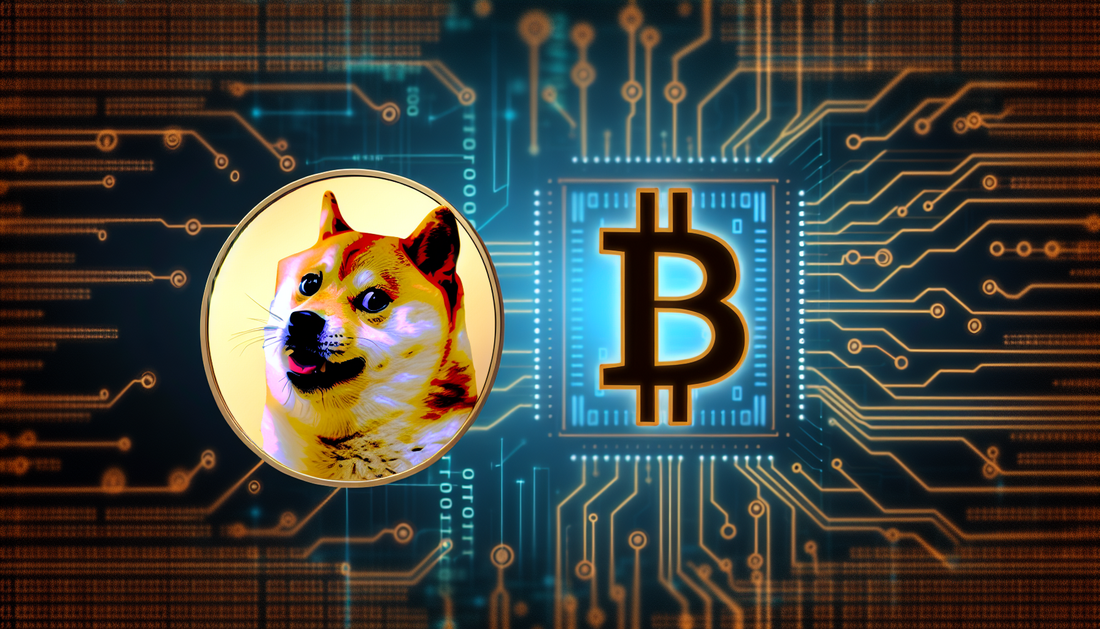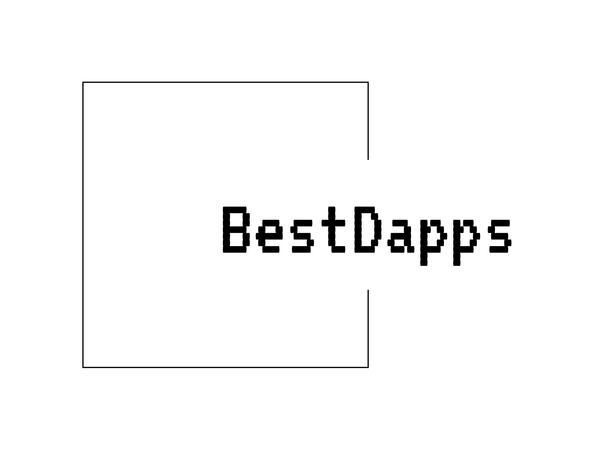
Dogecoin's Governance Dilemma: A Community in Flux
Share
The Governance of Dogecoin: Decentralized or Absent?
Dogecoin, a cryptocurrency that started as a meme in 2013, has captured the attention of millions due to its iconic Shiba Inu logo and vibrant community. While much of the focus tends to be on its novelty and community-driven aspects, a critical component that often raises debate is its governance model.
Understanding Dogecoin's Governance Structure
Unlike other blockchain projects that emphasize structured governance models—such as Bitcoin's decentralized developer infrastructure or Ethereum's community consensus—Dogecoin does not have a formal governance model. The development and operational decision-making largely rest in the hands of a few key developers and community influencers. This decentralized and somewhat informal approach to governance is both a strength and a weakness of Dogecoin.
Community Involvement
The Dogecoin community often operates in a grassroots manner, rallying around initiatives, fundraisers, and marketing efforts. This organic community involvement acts as a decentralized governance mechanism, albeit an unofficial one. Similar to The Graph: Governance Power to the Community, the Dogecoin community relies heavily on collective action rather than formal vote-based governance systems.
Challenges of No Formal Governance Model
The lack of a formal governance model means that decision-making can be slow or contentious. Key changes to the protocol or updates often require consensus among core developers and influential community members, sometimes causing resistance or delay in the implementation of new initiatives. This reflects challenges seen in other crypto ecosystems, such as the criticisms and hurdles discussed in The Future of Stellar Lumens: Tech and Roadmap Insights.
The Role of Influential Figures
Unlike some cryptocurrencies that strictly separate development from influential figures, Dogecoin's course has been significantly impacted by social media personas and tech influencers. This unique dynamic introduces both positive momentum and governance dilemmas. Comparatively, Hedera's Innovative Governance Model highlights how structured governance can mitigate similar issues.
Future Prospects
The absence of a formalized governance structure in Dogecoin doesn't inherently hinder its functionality but does pose risks for scalability and sustainability. As the crypto landscape evolves, the Dogecoin community might look towards successful governance models like those seen in NEAR Protocol’s Community-Driven Model to draw inspiration for strengthening its operational framework while retaining its community spirit.
